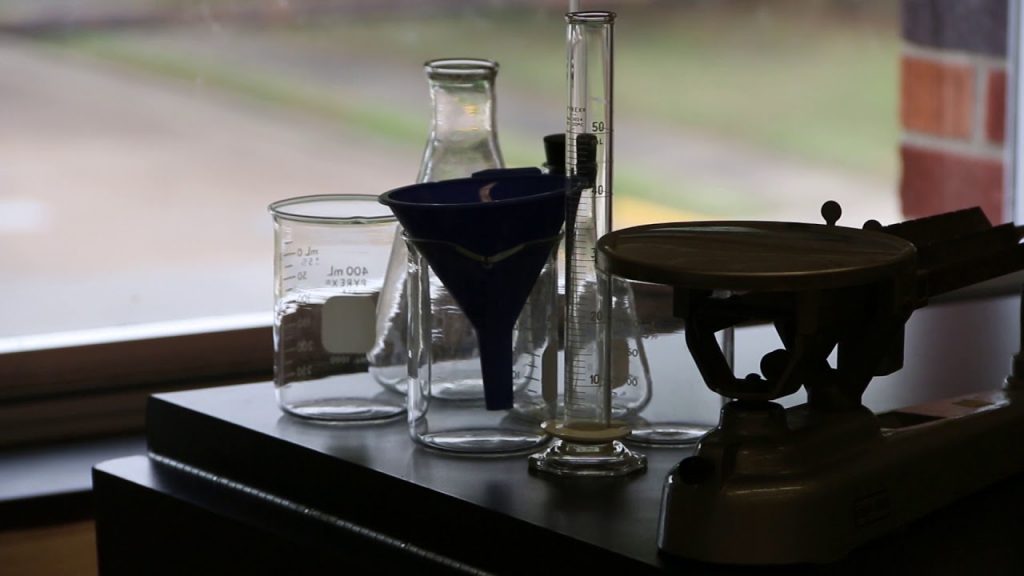The following article was contributed by Ann Flaherty, Superintendent of the Diocese of Owensboro, Owensboro, KY.
This blog is the second in a series of three blogs from the Diocese of Owensboro on the rationale and process for the development of new Diocesan Science Standards embedded with Catholic Identity. The first blog in the series, The Diocese of Owensboro Academic Standards and Catholic ID, addresses the need to show students the unifying principles of science with those of Catholicism. The standards document can be accessed via this article and can also be found here.
Cultivating a knowledge of and appreciation for both science and religion as one sacred whole is an intentional and methodical process that requires time, wisdom, collaboration and care.
When convening the Diocese of Owensboro Science Standards Review and Revision Committee over a year ago, we turned to the diocesan standards review and revision process which begins with developing standards that describe performance expectations in a content area at each grade level so as to successfully attain college and career readiness. The goal is to set high expectations to ensure continuous improvement.
Cheri Phillips is a middle school science teacher at Holy Name Catholic School for the Diocese of Owensboro and a member of the Science Standards Review and Revision Committee
The adopted standards give direction to teachers across the diocese, which allows for collaboration. Teaching the same standards unifies our diocesan schools so as to utilize the same national assessments. Informed by test result data, administrators and teachers are able to communicate with one another to resolve student learning issues.
Schools can individualize instruction based upon the community of students they serve. By developing their own standards-based curriculum maps, each unique school community’s needs can be met.
Catholic schools have both a responsibility and an opportunity to embed Catholic beliefs in teaching and learning. By doing so, we can deepen the connection between each student and the Catholic Church. Catholic schools are called to assist parents in helping their children to understand and practice the teachings of the Catholic Church.
The process that the Diocese of Owensboro Catholic Schools uses to review and revise the science standards are as follows:
- Research national, state and arch/diocesan content standards online, checking for recent revisions.
- Take ‘new’ standards and compare to pre-existing standards to see what needs to be added, deleted or adapted.
- Check to see if the format needs to be changed.
- Insert new concepts into standards as needed.
- Ask principals to refer content area teacher representatives from each school to serve on the Standards Review and Revision Committee.
- Organize content area teacher representatives into grade band groups and set dates for the K-2, 3-5, 6-8 and 9-12 content area sub-committee meetings.
- Develop a timeline, working backwards from the Total Catholic Education Committee meeting date in April. Research for new content area begins annually on August 1.
- Research Catholic Identity that aligns with and can be embedded in the content standards.
- Send first draft of the document to sub-committees for review and input. If a principal does not nominate a representative, send the draft to the principal.
- Send out a reminder regarding subcommittee meetings to principals and/or school representatives after they have had the first draft a couple of weeks.
- Review all comments submitted by content area teacher representatives and/or principals resulting from sub-committee meeting discussions and content area school Professional Learning Communities (PLC).
- Integrate approved feedback into the master document and then send substantive changes back out to the school content area representatives and/or principals.
- Meet with the K-12 content area sub-committees for alignment/review purposes.
- Integrate approved changes.
- Send substantive changes to all of the administrators for feedback and approval.
- Integrate all approved feedback received following the review.
- The Superintendent takes the approved draft to Committee for Total Catholic Education’s last scheduled meeting of the school year for review and subsequent approval.
- Integrate approved changes.
- The final draft is given to Bishop Medley for review and approval in early June.
- Integrate any recommendations or changes.
- The approved final Standards document is sent to all of the Catholic schools and posted on the Diocesan website by July 1.
Throughout the process, the team identified and shared valuable resources to support teachers in implementation of the new standards.
